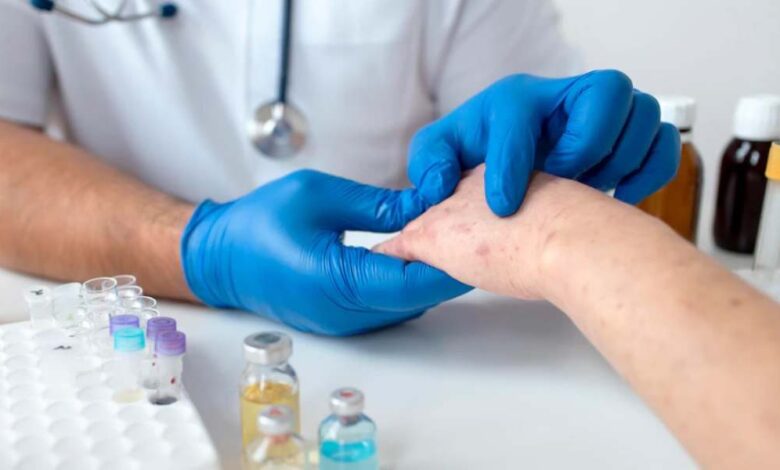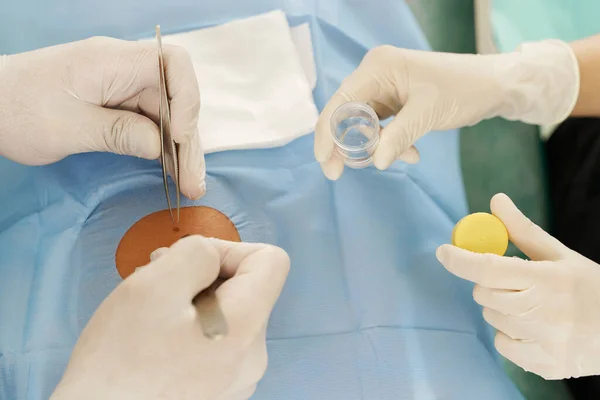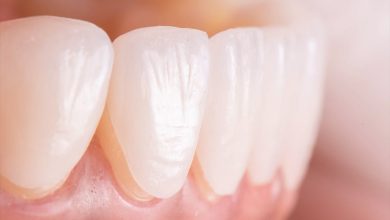Understanding Skin Biopsy: An Overview From Dermatologists

Let’s explore skin biopsy. Imagine you’re the owner of a beautiful house – your skin. You notice a mysterious spot on the wall – a skin abnormality. You need a closer look, a biopsy, to understand what’s happening. Dermatologists are the architects who conduct this inspection. They dive under the surface to examine the issue. We’re going to delve into this topic to give you a clear understanding. It’s like understanding the renowned Botox/Dysport Cinco Ranch – it’s all about going beneath the surface.
What is a Skin Biopsy?
A skin biopsy is a procedure where a small piece of skin is taken out. This small portion is then examined in a lab. It can help diagnose skin problems. It’s like a detective looking for clues.
The Types of Skin Biopsies
There are three main types of skin biopsies. These are:
- Punch biopsy
- Shave biopsy
- Excision biopsy
Each type is a different approach to examining the skin. But all three aim at the same goal – understanding the skin better.
Comparison of Skin Biopsy Types

| TYPE | PROCEDURE | BEST FOR |
| Punch Biopsy | Uses a circular tool to remove a small section of skin, including deeper layers. | Conditions that go deeper than the top layer of skin. |
| Shave Biopsy | Uses a small blade to shave off the abnormality. | Problems that are limited to the skin surface. |
| Excision Biopsy | Uses a small scalpel to remove a larger area of skin, including deeper layers. | Larger or deeper skin abnormalities. |
Choosing the right type of biopsy depends on the nature of the skin issue. It’s like choosing the right tool for a job.
Final Words
A skin biopsy might sound worrying. But it’s a common and simple process. It helps dermatologists understand what’s happening beneath your skin. It’s the first step towards effective treatment. You can read more about skin conditions and treatments on the American Academy of Dermatology website.





